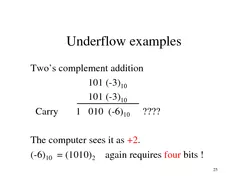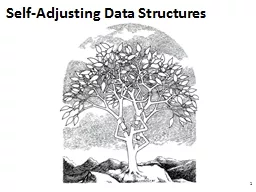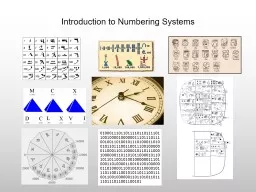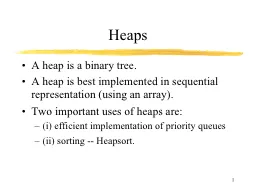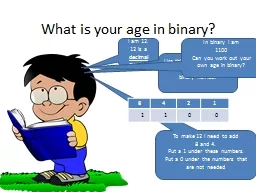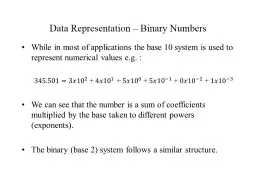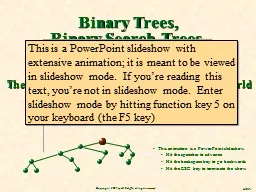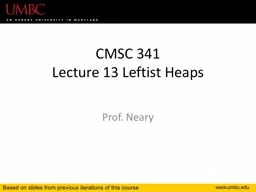PPT-Binary Heaps
Author : alexa-scheidler | Published Date : 2015-10-27
COL 106 Shweta Agrawal and Amit Kumar 2 Revisiting FindMin Application Find the smallest or highest priority item quickly Operating system needs to schedule jobs
Presentation Embed Code
Download Presentation
Download Presentation The PPT/PDF document "Binary Heaps" is the property of its rightful owner. Permission is granted to download and print the materials on this website for personal, non-commercial use only, and to display it on your personal computer provided you do not modify the materials and that you retain all copyright notices contained in the materials. By downloading content from our website, you accept the terms of this agreement.
Binary Heaps: Transcript
Download Rules Of Document
"Binary Heaps"The content belongs to its owner. You may download and print it for personal use, without modification, and keep all copyright notices. By downloading, you agree to these terms.
Related Documents


